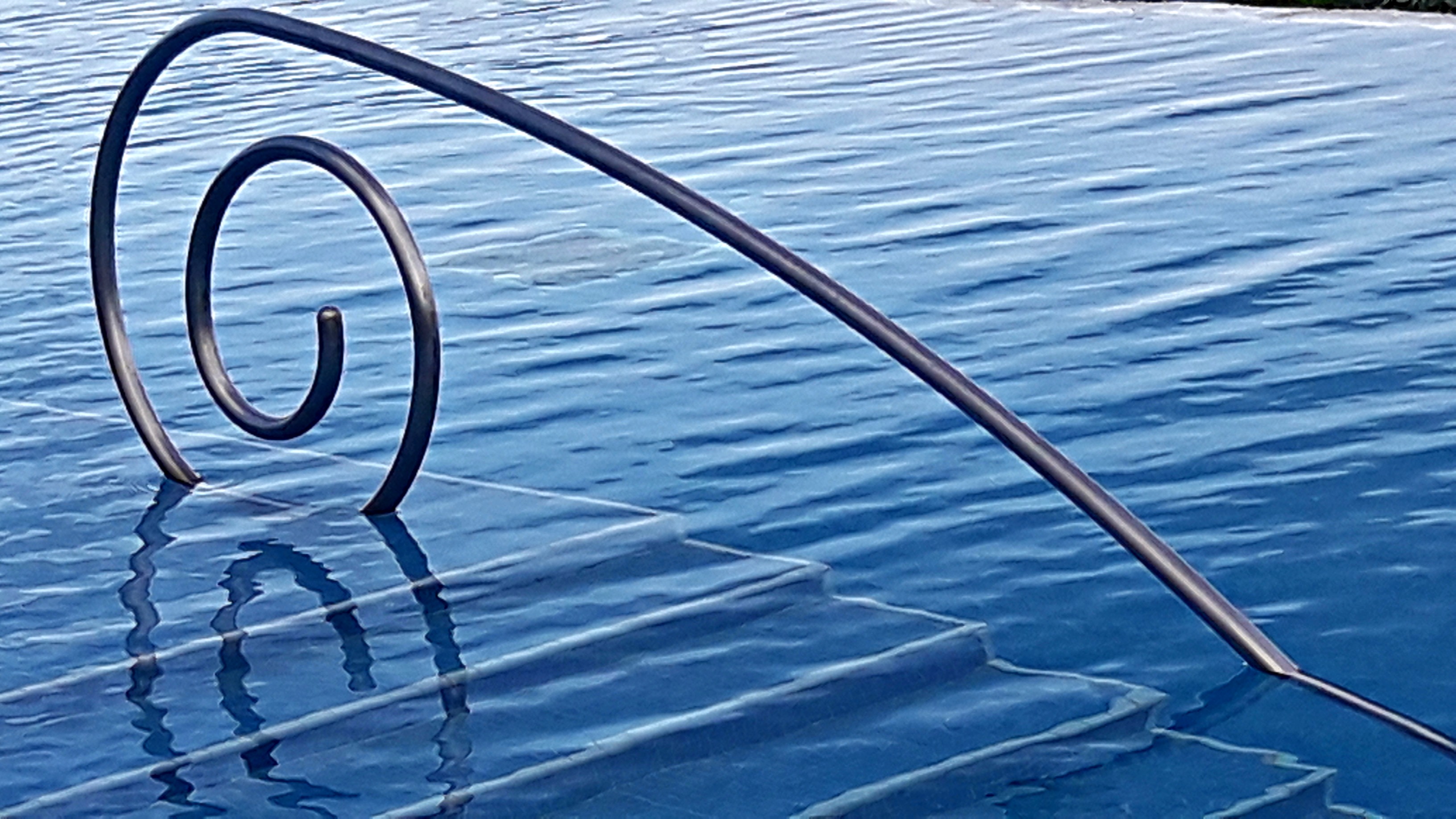Waterborne Illnesses Causes and Prevention In Swimming Pools
Some waterborne illnesses are caused by non-enteric pathogens. These pathogens or recreational water illnesses such as amebiasis, cholera, diarrhea, gastroenteritis, typhoid, and hepatitis can be found in poorly maintained swimming pools and spas.
Because of these potential health hazards, your swimming pool equipment, and your water quality, should be checked constantly.
This is a daily requirement for swimming pools and spas.
Non-enteric pathogens that are usually found in poorly maintained swimming pools include:
- Pseudomonas aeruginosa. This is an opportunistic pathogen that causes infection of the respiratory system. It can also cause dermatitis and infections of the soft tissues in the body. Pseudomonas pathogens are waterborne illnesses that are usually found in a biofilm environment. Biofilm is normally found in the circulation system of your swimming pools and spas. This pathogen can tolerate a variety of physical conditions and it is highly resistant to antibiotics.
Symptoms That Are Associated With Pseudomonas Aeruginosa
Symptoms for this form of waterborne illnesses which are found in swimming pools and spas, are as follows:
- Itchy skin.
- Bumpy rashes that are tender to the touch and appear reddish in color.
- Puss filled blisters that usually form around your hair follicles. The reason for this is because infection of Pseudomonas usually forms in the hair follicles.

Other Non-enteric Pathogens Found In Pools And Spas
When the circulation system for your swimming pools and spas is poorly maintained, non-enteric pathogens are developed. These include:
- Mycobacterium spp.
- Staphylococcus aureus.
- Leptospira interrogans.
- Trichophyton spp.
- Epidermophyton floccosum. This pathogen usually is the cause of dermic or respiratory infections.
- Acanthamoeba spp.
- Human papilloma virus.
- Legionella pneumophila. This waterborne illness is commonly referred to as legionellosis or legionnaires disease. This is a severe case of pneumonia. Sadly, this bacteria exist in poorly maintained spas and is transmitted through the mist that is common with this type of environment. Legionella pneumophila causes two distinct types of waterborne diseases. The first is called legionnaires disease, as was mentioned earlier. My friend is the more severe form of waterborne illnesses. The next stage of this infection, is called Pontiac fever. Fortunately for us, this is the more milder side of the disease. Proper disinfectant levels in your spa, along with frequent maintenance of your filter, are critical steps necessary to control these bacteria.
Swimming pool water care is especially important in both private and public facilities. Therefore, it is our responsibility as pool owners and pool operators to always maintain a high standard of hygiene for our entire facility. This includes all locker rooms, restrooms, and shower areas.
Swimming pool water care involves you cleaning your pool deck and walkways at least once a day. This will help in keeping contaminants from entering your pool or spa water. Additionally, maintaining good water quality and eliminating non-enteric waterborne illnesses require daily swimming pool cleaning.
Proper swimming pool cleaning means that you must brush and vacuum your pool bottom daily. There should be a proper diaper changing area that is not located near your swimming pool deck. Never, never, and I mean never allow any of your guests to use your pool deck furniture as a changing table.
This is a serious health violation and can be a major cause of swimming pool contamination.
Waterborne Illnesses Occur Because Of Poor Hygiene And Poor Sanitation
Typically, not all waterborne illnesses are spread from one swimmer to another. There are some recreational water illnesses that occur because of poor water quality. This is simply due to poor pool sanitation and improper personal hygiene.
Otitis externa, commonly known as swimmer's ear, is an infection of the outer ear canal. This infection causes the ear to become very inflamed and extremely sensitive. This condition could make turning your head very painful.
Swimmer's ear can be brought on by several microorganisms, including pseudomonas aeruginosa. Otitis is more common with young children and younger adults. Although Otitis externa can be treated with antibiotics, proper disinfectant levels in your swimming pool will control the outbreaks.
Now a days, most modernized swimming pool facilities use a polyoluminium chloride flocculate.
This pool chemical when added to your pool circulation (before the filter), will provide another form of defense against pathogens.
Especially the dreaded cryptosporidium. Whenever you use this type of flocculate, the top of your pool filter bed becomes coated.
Because of this coating, the tiny disease-causing bacteria are captured and removed during your backwashing (filter cleaning) cycle. This is the only way to effectively manage the risks of swimming pool contamination caused by microorganisms. Hence eliminating any severe waterborne illnesses.
Waterborne illnesses are associated with pool contamination!
Pool Filtration



New! Comments
Have your say about what you just read! Leave me a comment in the box below.